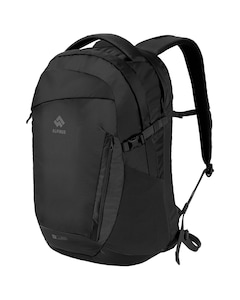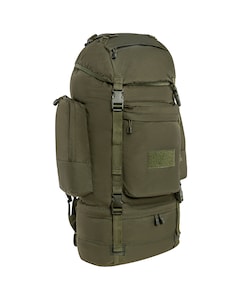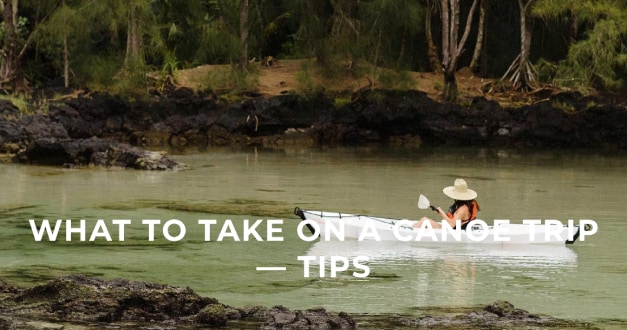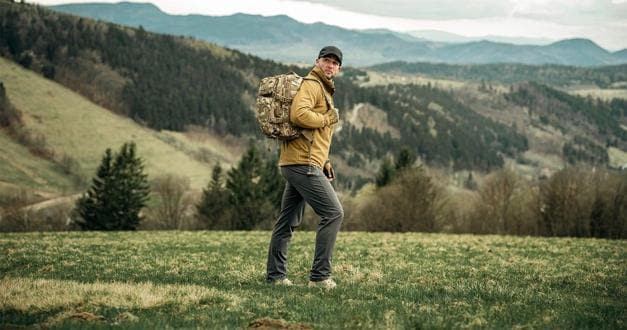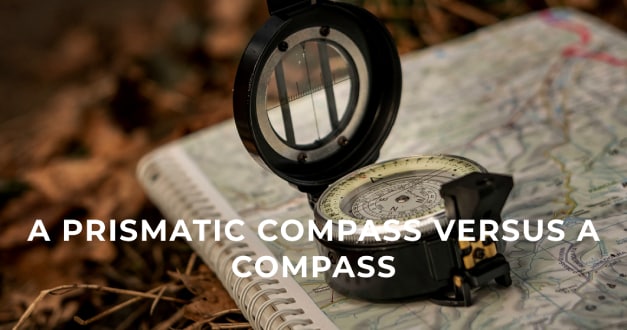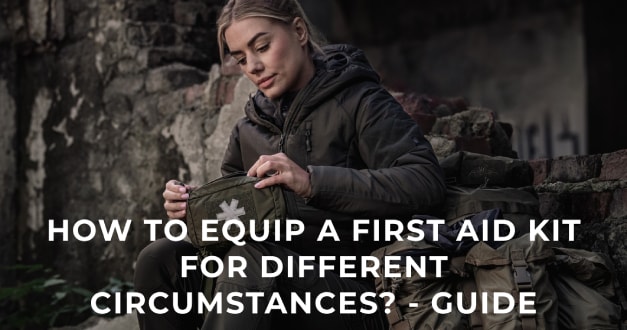Trekking - what is it and what does it involve?
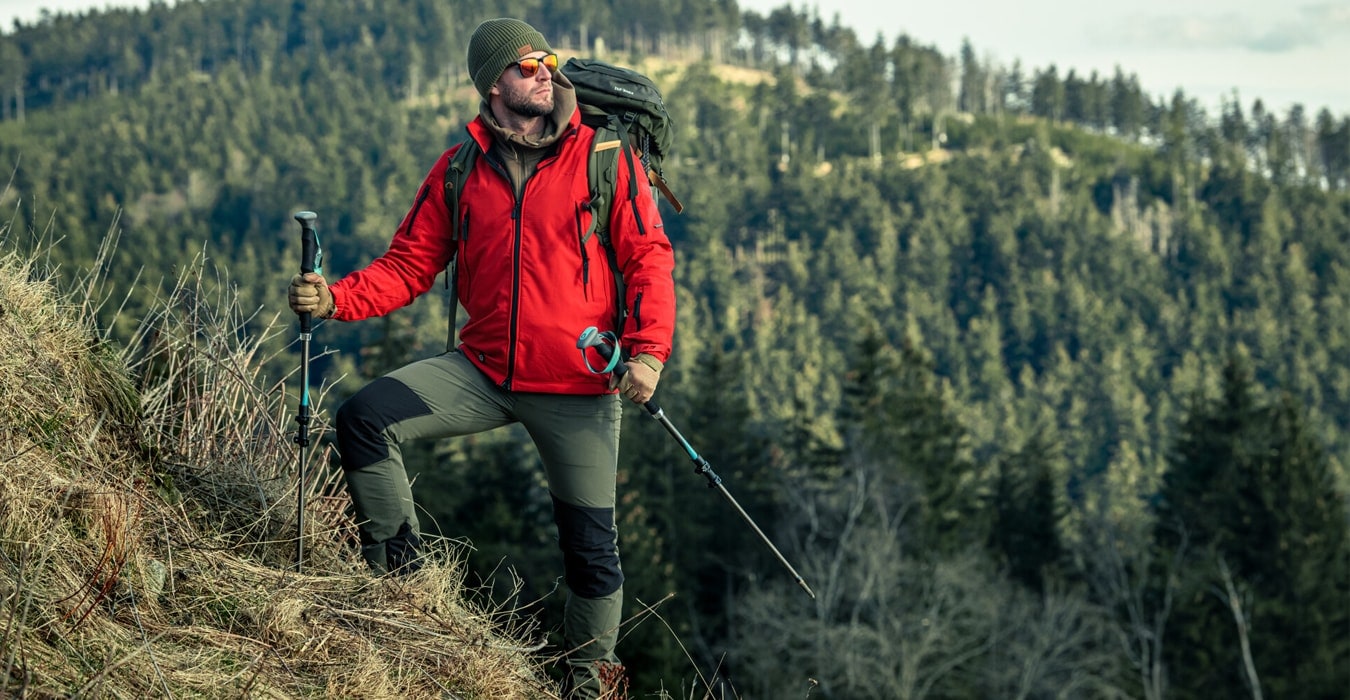
Trekking is a form of tourism during which mountain trails, jungles or deserts are traversed. Usually, these hikes take place in difficult terrain conditions, which makes participants overcome their own limitations. The basis for successful trekking is proper preparation, including: planning the route, choosing the right equipment and organizing accommodation.
In this article, you will learn what trekking is and what its types are. You will also learn the differences between hiking and trekking, because many people do not distinguish between these concepts.
What is trekking? - definition
Trekking in Polish simply means "longer hike". This term comes from the English word "trek", which refers to the so-called Great Trek, or the migration of the Boers who settled in southern Africa in the 19th century. This term began to be used in reference to tourist activity in the 1950s. We most often talk about trekking when we are dealing with a longer hike that takes place on difficult, demanding terrain. It is often accompanied by unfavorable climatic conditions, such as very high or low temperatures.
Although many people believe that trekking is only mountain expeditions, this is a wrong assumption. It can also include hiking through deserts, gorges or jungles. Trekking often takes place off the beaten track, through desolate areas. Trekkers spend the night in tents in the bosom of nature and carry backpacks with the necessary equipment.
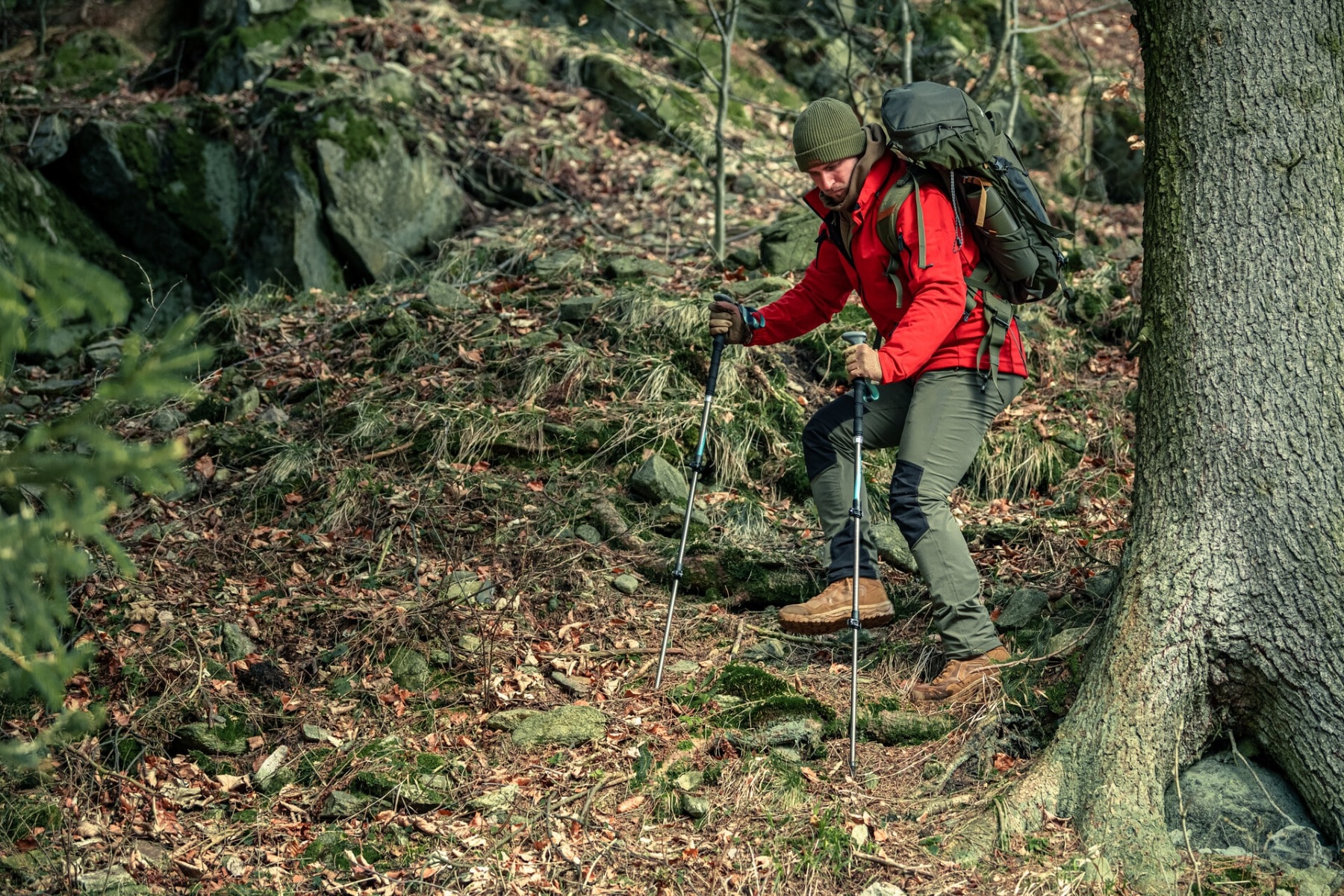
What are the types of trekking?
There are many types of trekking, and all of them are characterized by the fact that they take place in demanding conditions and in areas to which access is often limited.
- Classic (mountain) trekking - this is a popular and most accessible form of trekking in Poland, which focuses on hiking in the mountains, where trails lead through diverse terrain. For example, many trekking enthusiasts go on their own expeditions in the Tatra Mountains.
- Desert trekking - characterized by hiking in desert areas, where the main challenges are extreme temperatures and the monotony of the terrain. A popular place for desert trekking is, for example, Wadi Rum in Jordan.
- Glacier trekking - these are usually organized expeditions with a guide. A popular place for such trekking is the Nigardsbreen glacier in Norway.
- Polar trekking - takes place in very low temperatures, with strong winds and changeable weather conditions. Many people do this type of trekking, for example on the Norwegian island of Spitsbergen, where you can traverse the Arctic tundra.
- Tropical trekking - is a form of hiking that takes place in tropical regions of the world, where the climate is warm and humid. This trekking leads through dense tropical forests, jungles. A popular place for this type of trekking is, for example, the Danum Valley - a jungle in Malaysia.
- River trekking - involves crossing rivers and streams on foot. It may involve some challenges, such as: fast river currents, deep water or slippery terrain. There are many places where people do this form of trekking. An example is water trekking along the Bordón River in Castellote.
- Volcano trekking — some people also decide to go volcano trekking. Acatenango in Guatemala is one such volcano, which tempts with a two-day hike through picturesque landscapes.
The concept of trekking is often interpreted broadly. In addition to traditional hiking, trekking also includes activities such as ski touring, cycling or kayaking. Depending on the season, we distinguish between summer and winter trekking.
Trekking vs. hiking — what are the differences?
Some people use the terms "hiking" and "trekking" interchangeably, which is a mistake. We have already explained what trekking is, so now it is worth explaining what hiking means. In simple terms, hiking is a milder version of trekking, which is more like an active, dynamic walk on less demanding routes. It differs from trekking mainly in terms of the length and intensity of the expedition. To better illustrate these differences, we present them in a table:
| Trekking | Hiking | |
|---|---|---|
| Duration | Usually longer, even multi-day expeditions | Shorter, usually a few-hour walk, all-day hike |
| Terrain | Varied, often technically difficult, wild terrain (high peaks, jungles, deserts) | Usually easier terrain, most often marked by a hiking trail |
| Equipment | Requires more specialized equipment (tent, stove, sleeping bag, etc.) | Requires lighter equipment, often trekking shoes and a backpack are enough |
| Fitness physical | Requires better physical condition | Requires less physical preparation, often does not require specialist skills |
| Purpose | Usually exploration of wilderness, conquering peaks, exceeding the limits of one's own abilities | Usually recreation, active rest in the bosom of nature |
What to take with you on a trek? - a list of useful things
Each trekking trip requires an individual approach to packing. To choose the right equipment, you need to consider such aspects as: travel destination, season, location of accommodation and planned meals during the trek. Below is an example list of equipment for a multi-day trek:
- trekking tent,
- sleeping bag,
- mat or camping mattress,
- source of fire (lighter, flint, matches),
- gas camping stove,
- camping dishes,
- thermos (and/or camping bottle),
- trekking backpack,
- hiking boots,
- thermoactive underwear,
- hat/cap,
- sweatshirt or fleece,
- trekking trousers,
- raincoat,
- trekking poles,
- travel first aid kit,
- headlamp,
- powerbank,
- tourist water filter,
- multitool or pocket knife.
Offer of trekking clothing and accessories at MILITARY.EU
Do you already know what trekking is and want to equip yourself with the necessary clothing and accessories for your trip? Remember that proper preparation for trekking is the key to a safe and successful hike.
Check out the MILITARY.EU offer, where you will find: comfortable trekking shoes, thermal clothing and hardshell and softshell jackets. We also offer headgear such as caps and hats that will protect you from the cold and intense sun.
You will also find backpacks of various capacities, trekking poles and flashlights, which will come in handy when you get caught in the dark. We also offer useful tools, such as multitools and pocket knives. In addition, you will find many accessories in the category: survival, bushcraft, tourism.




